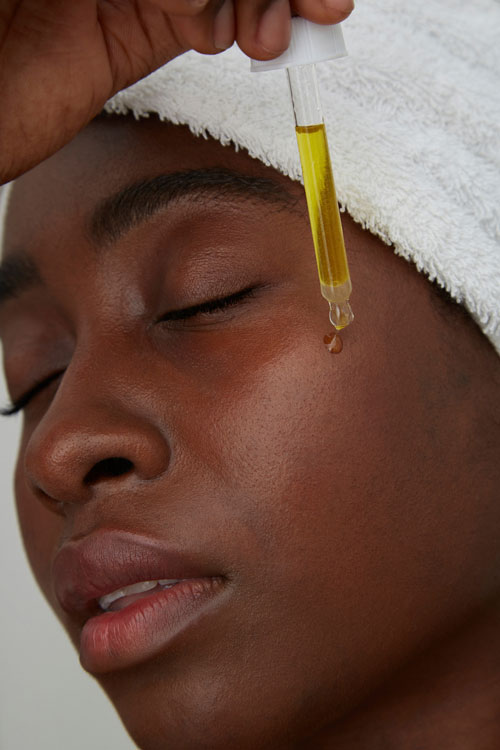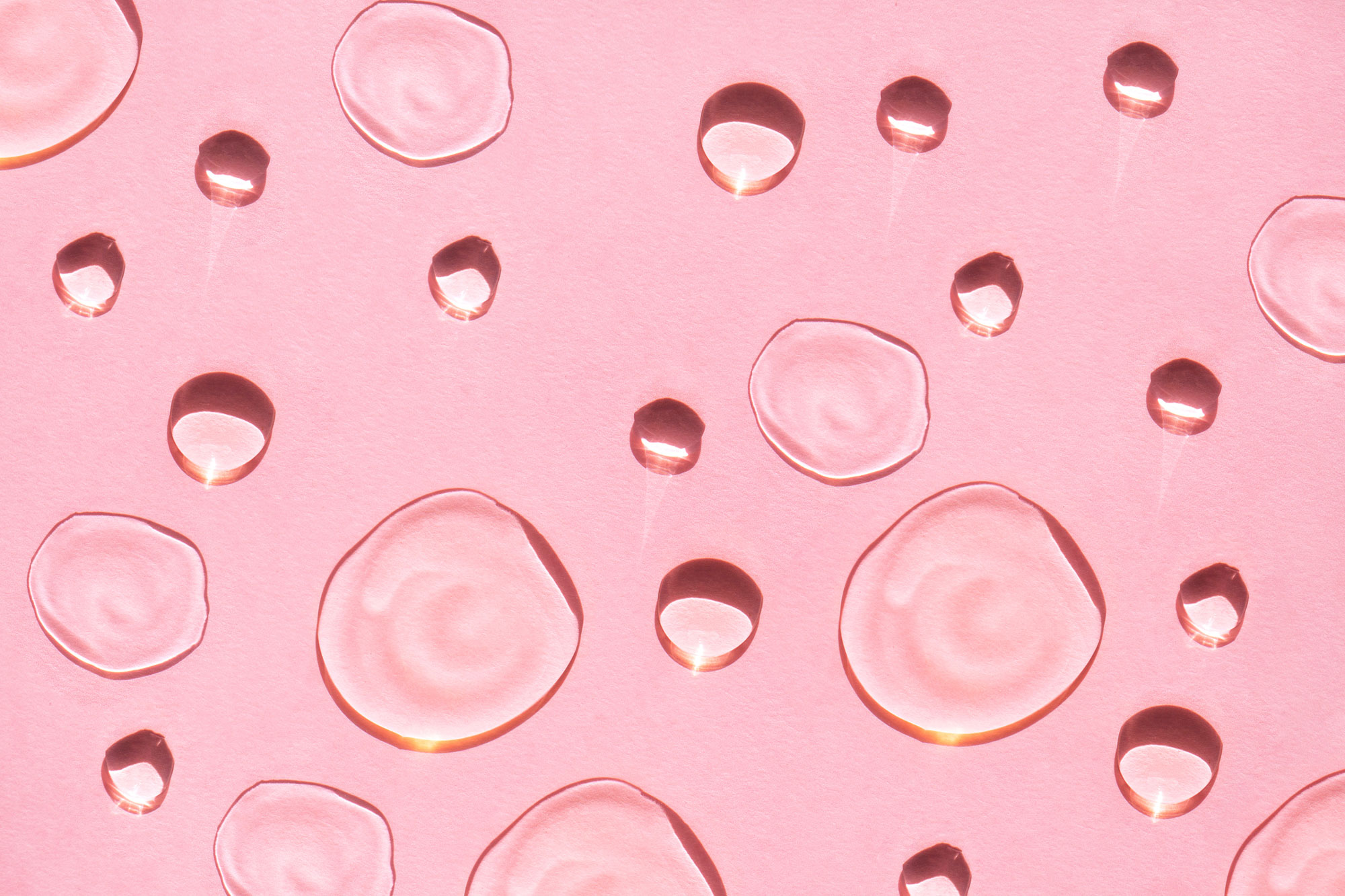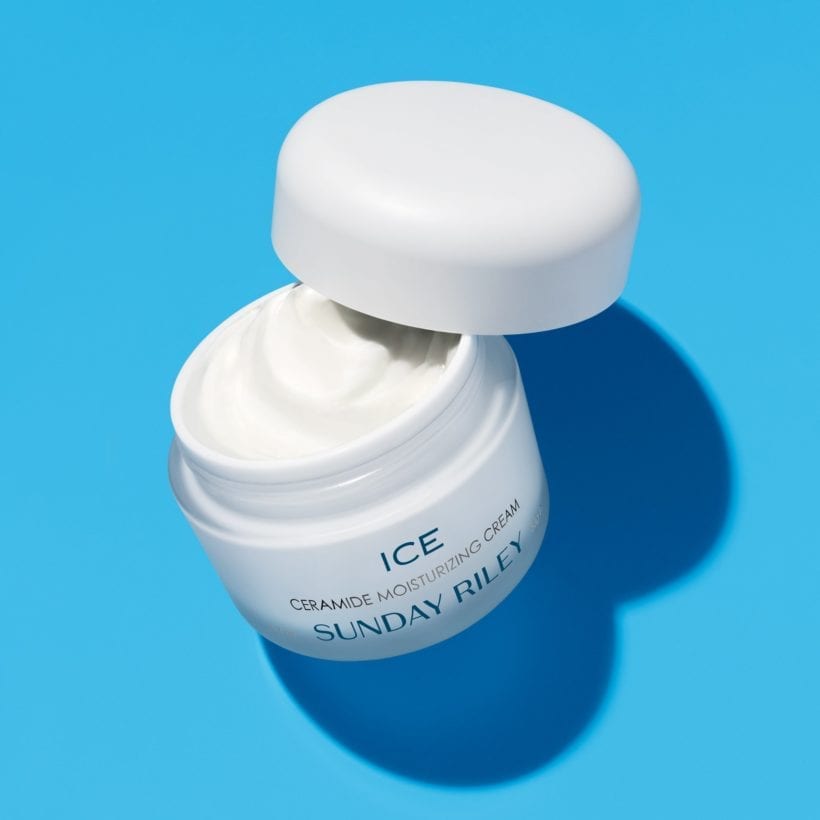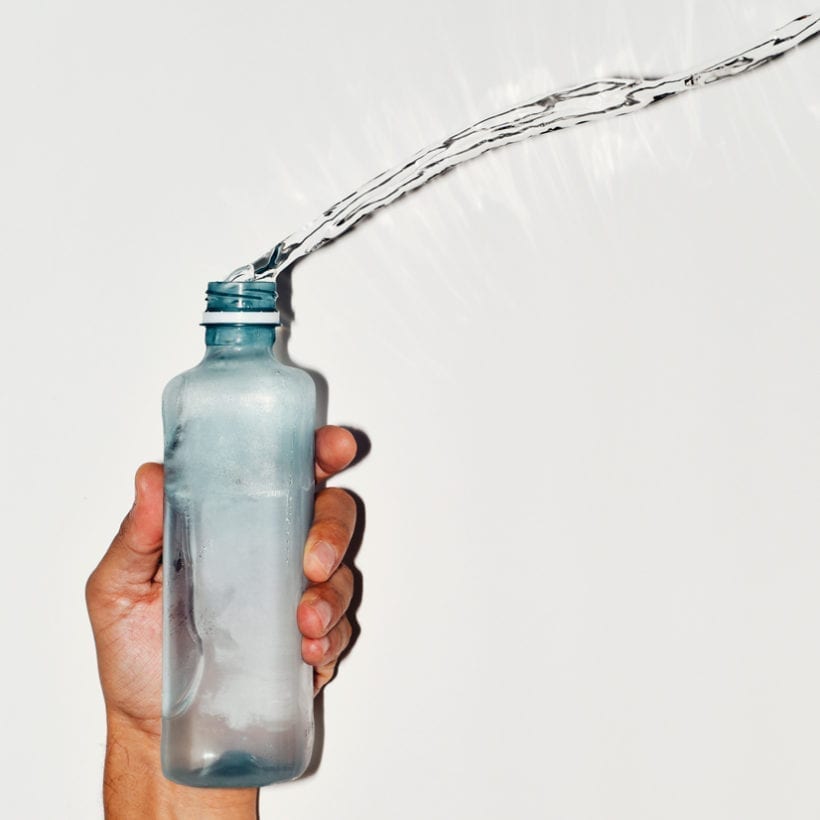Skincare science is evolving every day. It’s great for addressing our skin concerns efficiently and effectively. It’s not so awesome when you feel like you need a chemistry degree to understand your product labels. The latest skincare innovations likely to have you flashing back to science class are pH-balanced products.
You may have noticed pH levels popping up on skincare labels, especially in the K-beauty world. “It’s a popular buzzword in the skincare industry,” explains Margarita Lolis, M.D., a board-certified dermatologist at Schweiger Dermatology Group. But it’s not nearly as complicated as it sounds. Put simply, “the pH of our skin is essentially its water to oil balance,” she says.
Most of the time, your body naturally keeps your skin pH level balanced. But certain skincare ingredients can throw it out of whack, causing a laundry list of skin concerns from irritation to acne. Understanding that balance and how your products can affect your skin’s pH can be a game-changer for your skincare routine.

Meet the Experts
Margarita Lolis, M.D. is a board-certified dermatologist at Schweiger Dermatology Group in Hackensack, NJ.
Hadley King, M.D. is a board-certified dermatologist in New York and a clinical instructor of dermatology at the Weill Medical College of Cornell University.
Here’s everything you need to know about skin pH, according to the experts.
What is skin pH?
The pH is a balance of a substance’s acidity and alkalinity, which is measured on a numeric scale ranging from 0 (the most acidic — think: battery acid) to 14 (the most alkaline — think: lye). Healthy skin and hair land in the middle, on the slightly acidic side, at a pH of 5, Dr. Lolis explains.
You may not think of your skin as acidic, but the outermost protective layer of the skin is referred to as the “acid mantle,” explains Hadley King, M.D., a board-certified dermatologist.“The acid mantle is made up of sebum (free fatty acids) excreted from the skin’s sebaceous glands, which mixes with lactic and amino acids from sweat,” she says. The resulting concoction, called the hydrolipidic film, “protects the skin from drying out and from any external factors that could damage it,” says Dr. Lolis.
Skin pH and skin health

Maintaining your skin’s naturally acidic state is important beyond warding off dry skin. The acid mantle (and, by extension, your skin’s pH level) is vital for keeping your skin barrier healthy — and your skin barrier is vital for keeping you healthy. “Harsh acidic products can damage the acid mantle and break down the skin’s protective barrier. This can lead to bacteria and pathogens potentially infecting the skin,” says Dr. Lolis, “not to mention creating irritation and inflammation.”
How to keep your skin pH balanced
So, how do you know if your skin’s pH level is balanced? Your skin will tell you, according to Dr. Lolis.
Increased dryness and sensitivity or oiliness and acne are signs that all is not well with your acid mantle. An alkaline imbalance (meaning your skin’s pH level is high) occurs when your skin isn’t producing enough sebum, which can cause sensitivity and dryness. An acidic imbalance (where your skin’s pH level drops) occurs when your skin produces too much sebum, leaving you with oily, acne-prone skin. If you’re not using pH-balanced products — which sit somewhere between 4.6 and 5.5 on the pH scale — you can cause one of these issues.
There’s just one complication: Not all products list their pH level. If you’re in the mood to sleuth, you can check for the pH of a given product on the manufacturer’s website. But you may not need to. According to Dr. Lolis and Dr. King, there are some clear signs that a product is causing a pH imbalance in your skin. One immediate indicator? A pH disruptive product will typically burn or sting on contact, says Dr. King.

To protect your acid mantle, she advises avoiding products containing alkaline detergents (look for sodium lauryl sulfate on the ingredient list), which can “strip away natural oils and disrupt the skin barrier, increasing trans epidermal water loss,” Dr. King explains. Overly acidic products can also cause skin pH issues, stripping the natural oils that protect your skin barrier. “Ingredients such as alpha-hydroxy acids (AHAs), retinoid acid, beta hydroxy acids (BHAs), and amino fruit acids, if not used properly, can weaken the skin’s natural defenses to bacterial infection and environmental damage,” Dr. King says.
As Dr. King caveats, the key is to use these ingredients properly. For example, AHA’s and BHA’s are powerful tools for maintaining balanced, healthy skin. “You just don’t want to overuse them since they can strip the skin’s protective acid mantle,” says Dr. Lolis. To avoid that, she suggests pairing acidic actives with hydrators like hyaluronic acid to maintain the skin’s oil-to-water balance.
Luckily, if you find yourself in a pH crisis (say you used a new toner that immediately started stinging and now your skin is dry and irritated), there’s a straightforward fix, according to Dr. King: oatmeal. “Oatmeal can help restore normal pH in skin conditions where pH has increased,” she explains. “In this setting, it acts as a buffering agent, thereby aiding in the maintenance of a healthy skin barrier.” Try a soothing oatmeal bath or other ingredients that help rebuild your skin barrier like the ceramides found in Sunday Riley Ice Ceramide Moisturizing Cream.
The bottom line is that you don’t necessarily need to be scouring skin care manufacturer websites for pH information to ensure your skin stays at a healthy pH level. Avoid harsh ingredients and take a balanced approach when using potent actives like the acids above, and you should be in the clear.
We only recommend products we have independently researched, tested, and loved. If you purchase a product found through our links, Sunday Edit may earn an affiliate commission.









